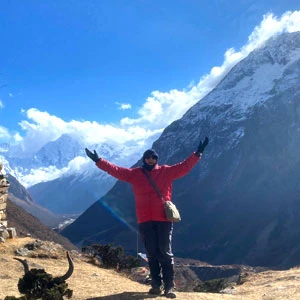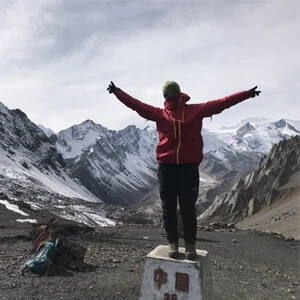Situated in close proximity to Annapurna Base Camp, the 9 Days Mardi Himal Trek stands as one of the Himalayas’ hidden and less explored jewels. The trek was only opened to trekking in 2012 and provides a glorious opportunity to experience the spectacle of Mardi Himal Base Camp and the Himalayas via a route that still remains largely untrammeled by the trekking community.
Commencing at Pokhara, the trek starts by road and heads to the trailhead of Dhampus, an impeccably situated Gurung village with outstanding views of the mountains. From there, the trail winds on towards the equally picturesque village of Pothana then branches off from the standard Annapurna route and leads on out through the dense jungle to the aptly named Forest Camp. In spring, the entire area comes alive with the flowering of rhododendrons. Day after day, the track gradually inclines up through the Himalayan foothills until it finally breaks free of the tree line and adds yet another dimension to the trek by virtue of the sublime panoramas that open up to view.
Mardi Himal Trekking continues onward and upward, offering a superb vista of snow-covered peaks, including Fishtail 6993 m, Dhaulagiri 8167 m, and the Annapurna range, with a broad palette of colors adding their touch throughout the day, from early morning pastel tints to the vivid hues of midday to the warm glow of sunset farewelling the mountain tops at day’s end. The return path calls in at Low Camp and Lwang, then trades in precipitous trails for roadways and the drive back to Pokhara.
The Mardi Himal Trek represents a golden opportunity to experience the Annapurna region in a unique manner that’s as scenically rewarding as the better-known pathways while offering up a level of seclusion and peacefulness that comes from the sense that the entire area is your own private nature reserve to explore. The secret of Mardi Himal’s charms won't last long, so let Nepal Trekking Experts be the ones to set you up for a rare journey of wonder to the region, either with our set itinerary or one of your own design. Simply contact us and discuss the options with our knowledgeable staff.
Mardi Himal Base Camp Trek Difficulty
The Mardi Himal Base Camp Trek is considered a moderate trek, making it accessible for trekkers with a reasonable level of fitness. During this journey, you will trek through some uphill climbs, especially in the forested sections, but the ascents are not as steep as in other more challenging treks in Nepal. Also, the trek's highest point is Mardi Himal Base Camp, located at 4,500 meters (14,763 feet), which can still pose a risk for altitude sickness if trekkers don't take adequate precautions. Moving on, this trek may offer unpredictable weather, particularly at higher altitudes. Conditions can change quickly, and trekkers should be prepared for cold temperatures, especially in the mornings and evenings at base camp. The trail also passes through rocky, narrow sections, and some of the paths, particularly in the higher parts near Mardi Himal Base Camp, can be a little challenging due to loose gravel and slippery rocks.
Best Time To Trek To Mardi Himal Base Camp
The best time to trek Mardi Himal is during the Spring (March to May) and Autumn (September to November) seasons. During Spring, you will be awed by the colorful beauty of the rhododendron blooms while Autumn provides excellent visibility of the towering peaks, including Mardi Himal, Machapuchare, and Annapurna South.
While Spring and Autumn are the prime trekking seasons for Mardi Himal, it’s important to note that the trek can be done in the Winter (December to February) for those who prefer fewer crowds and a more serene experience. However, the temperatures at higher elevations can drop significantly, making it cold and challenging. Trekking during the Monsoon (June to August) is not recommended due to heavy rainfall, which can make trails slippery, increase the risk of landslides, and limit visibility.
Mardi Himal Viewpoint Trekking Permits
When trekking with Nepal Trekking Experts, the permit fees are included in your package. Your experienced guide will obtain all required permits on your behalf with your passport. To enter the Annapurna region, you will require two permits, which can both be obtained in Kathmandu or Pokhara before commencing your trek.
- The TIMS (Trekkers Information Management System) Card costs 2000 Nepali rupees, and as per the latest rule, it will be obtained through the trekking agencies only.
- The Annapurna Conservation Area Permit (ACAP), which costs 3000 Nepali rupees, is available through the Nepal Tourism Board, Bhirkutimandap Kathmandu, or Pokhara.
How Can I Make A Reservation For This Trip?
To confirm your trek with us, please send us an email with a copy of your passport, a passport-size photo, and flight details (if available), as well as a 10% deposit of the total amount, using our online payment gateway. The remainder of the payment can be made upon our arrival. For more details, contact our local specialists right away.




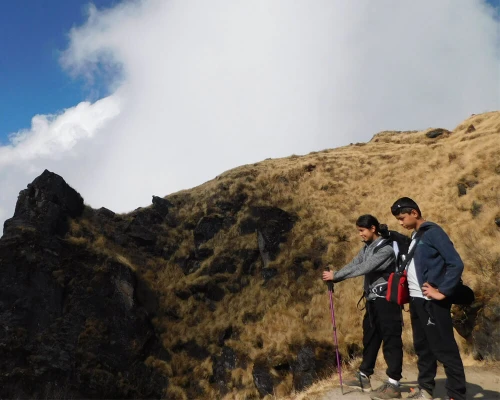


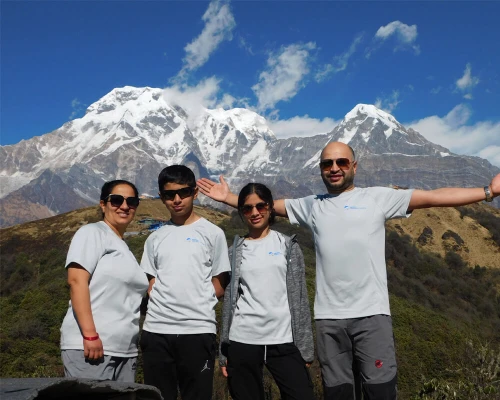
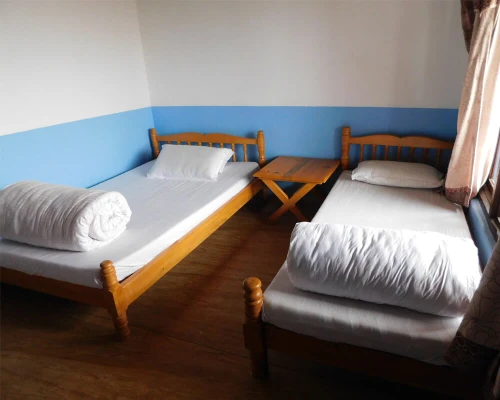

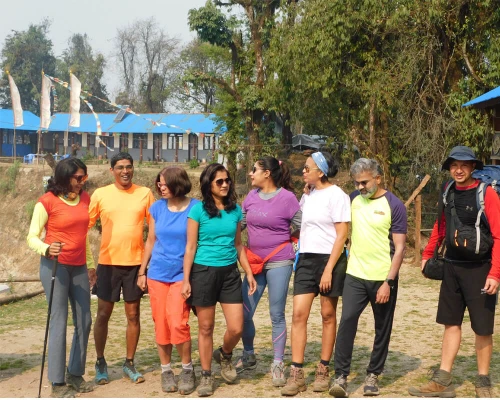
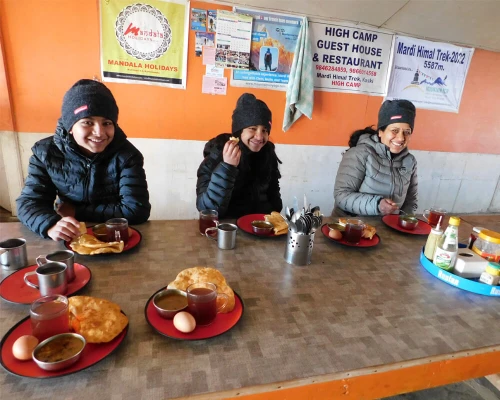
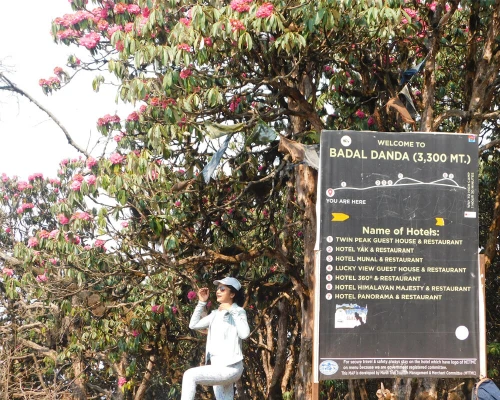

 based on 16 reviews
based on 16 reviews




